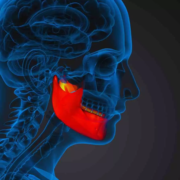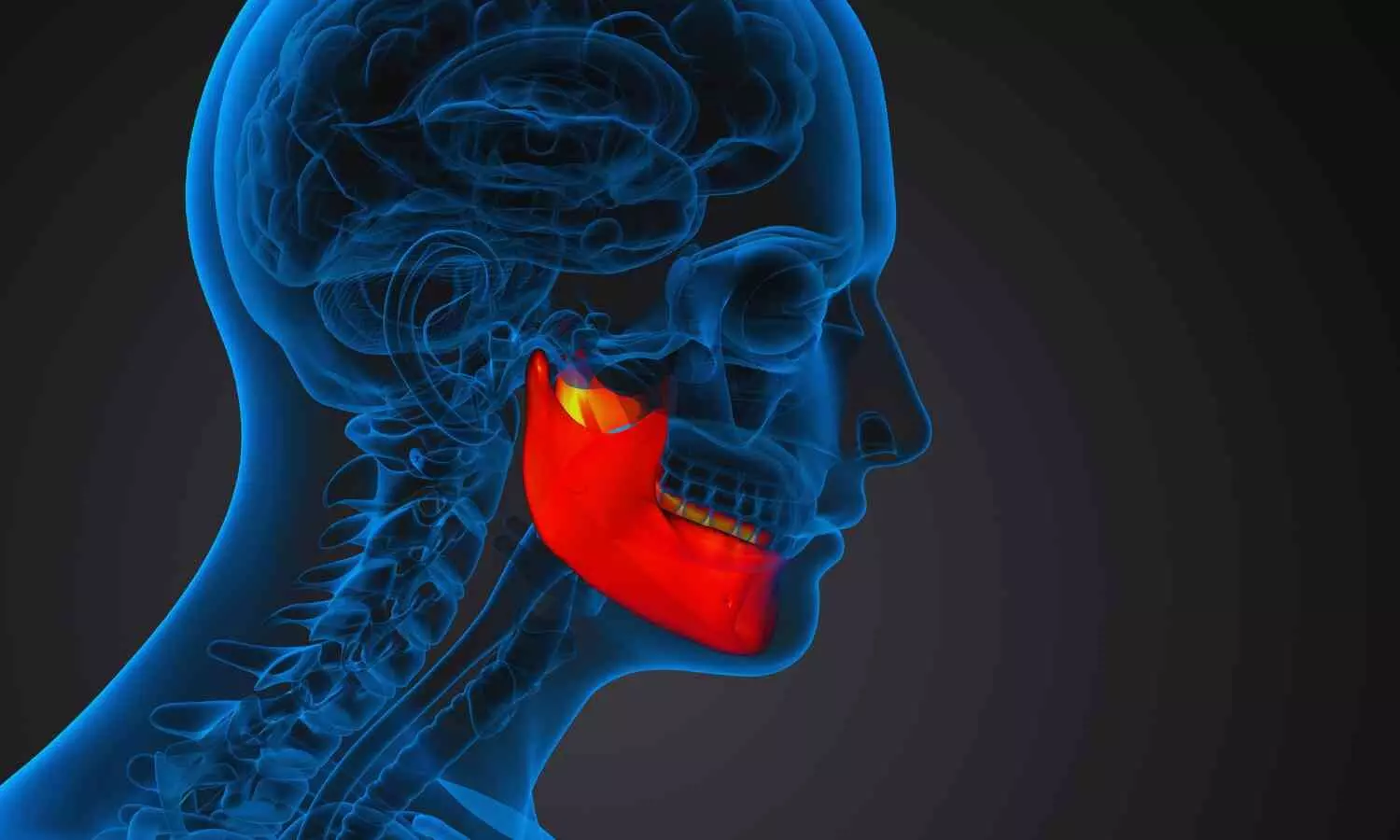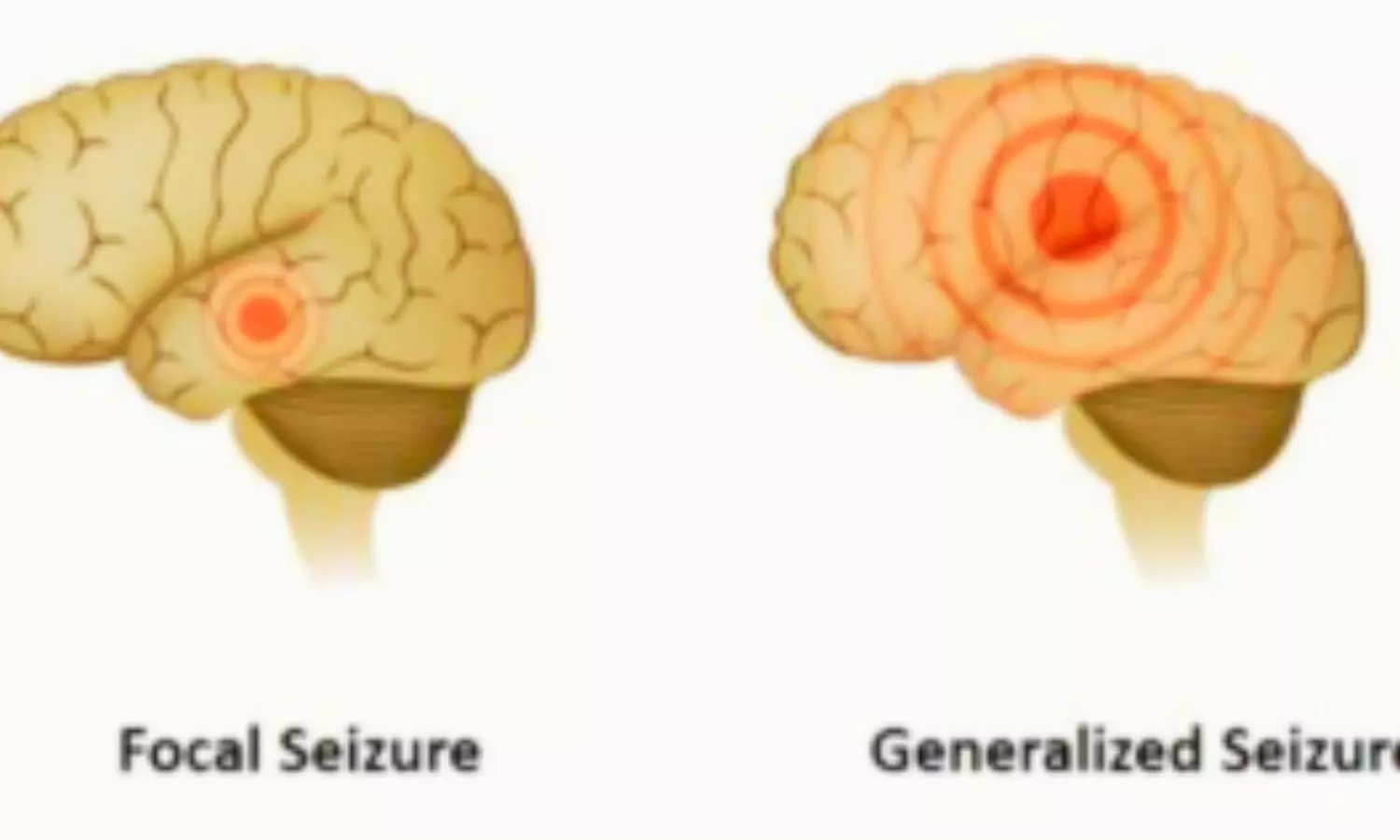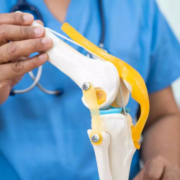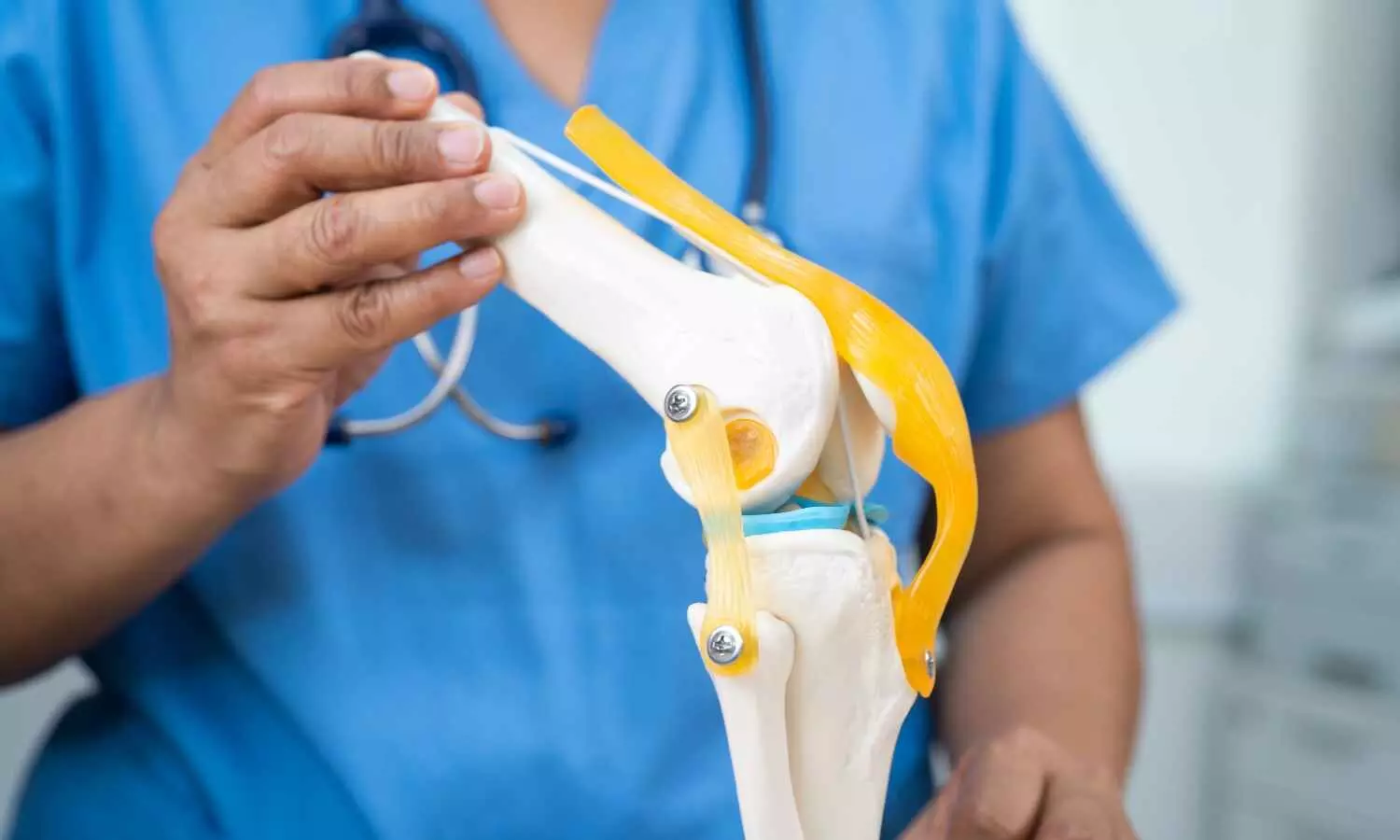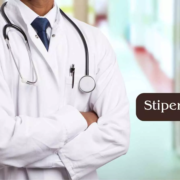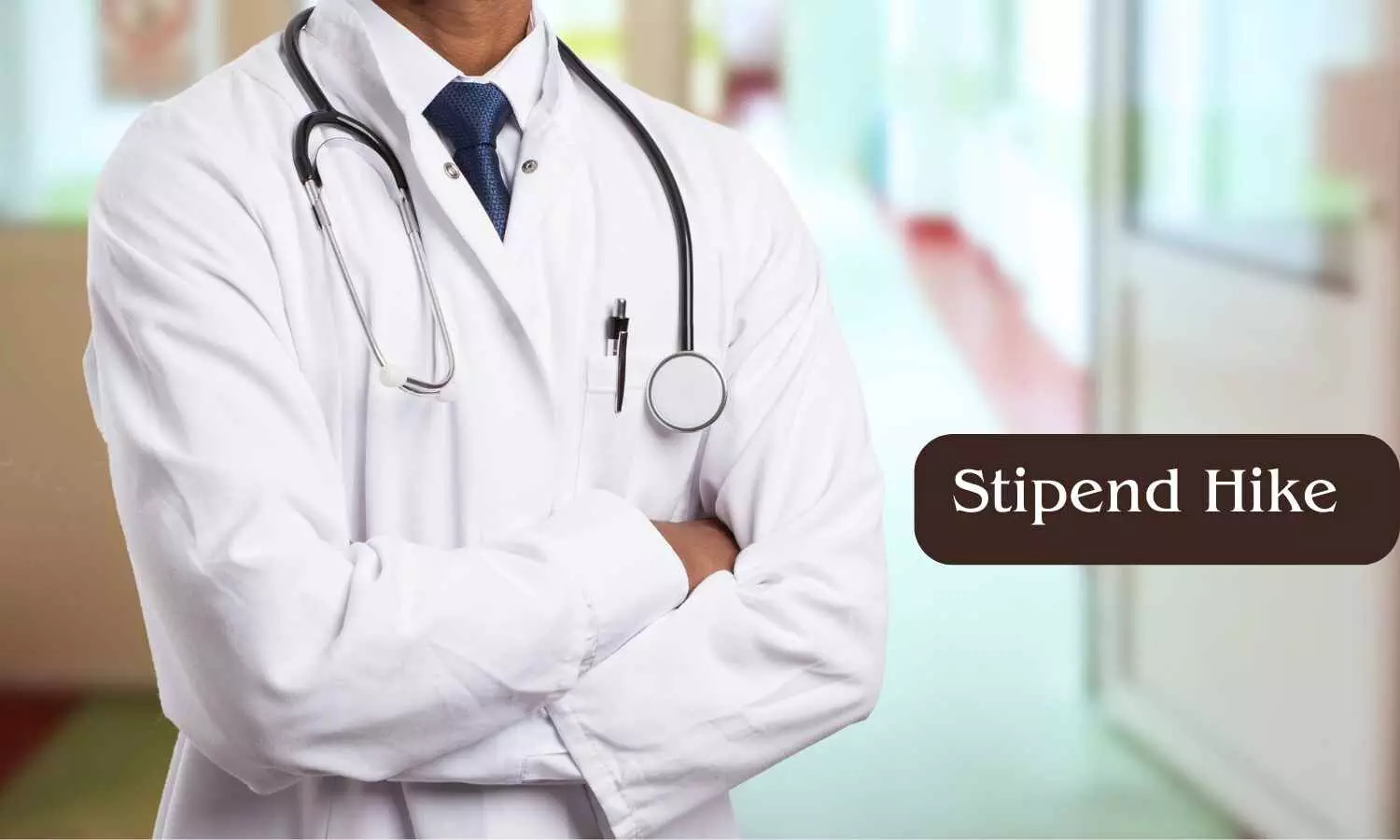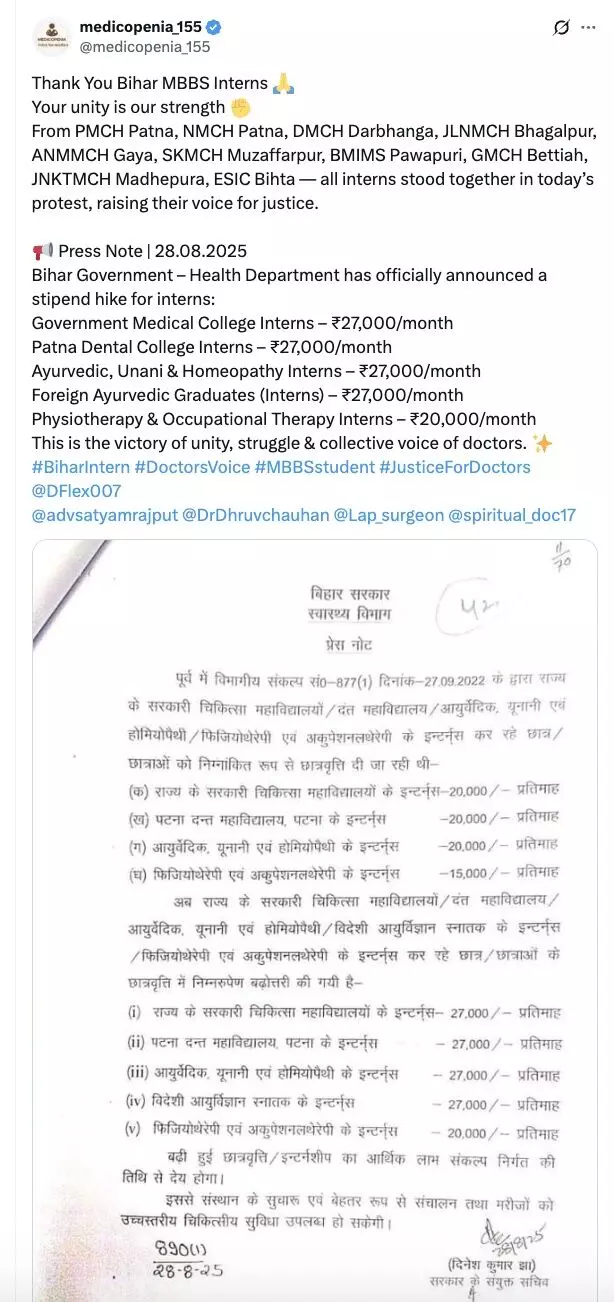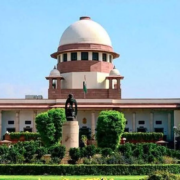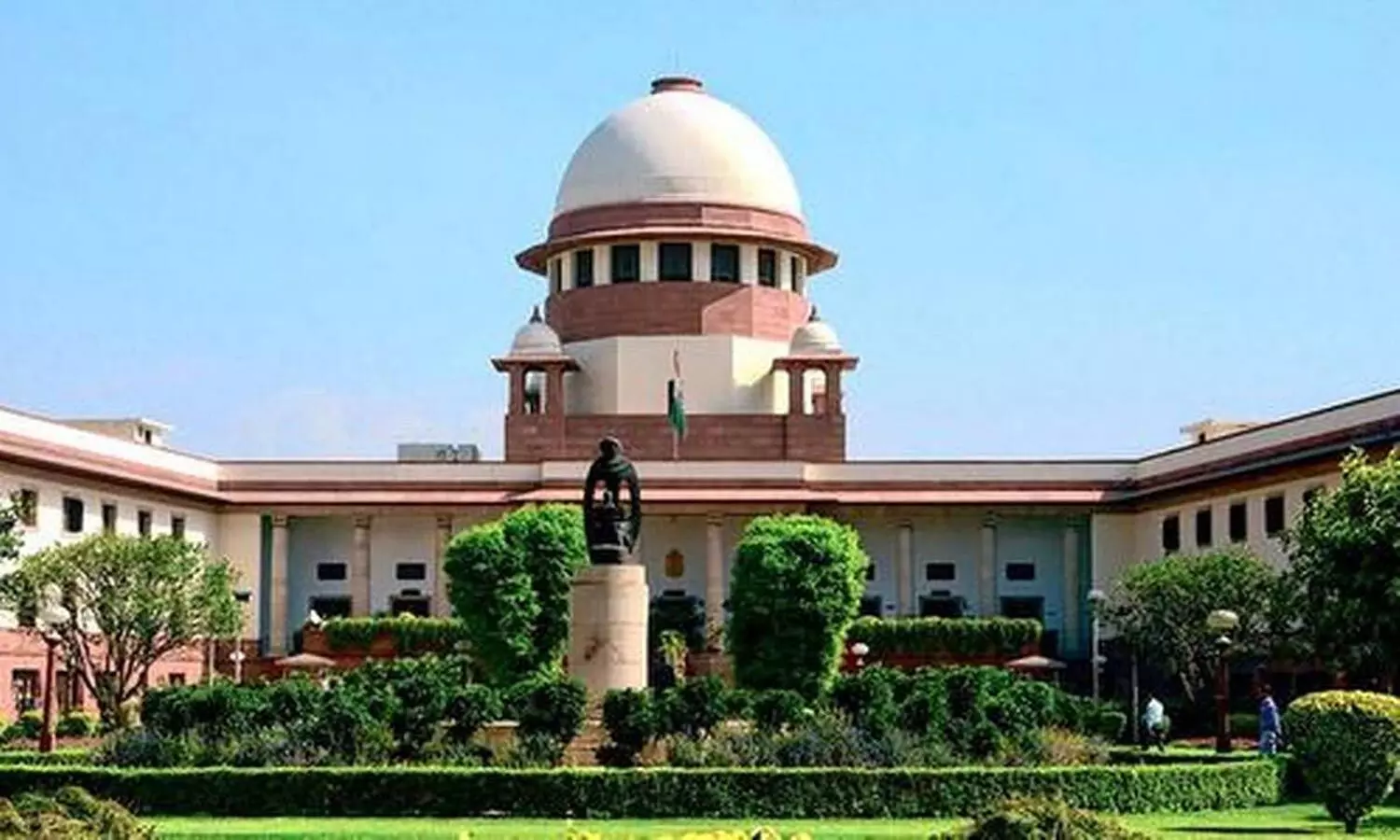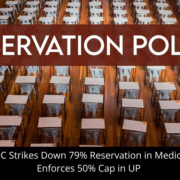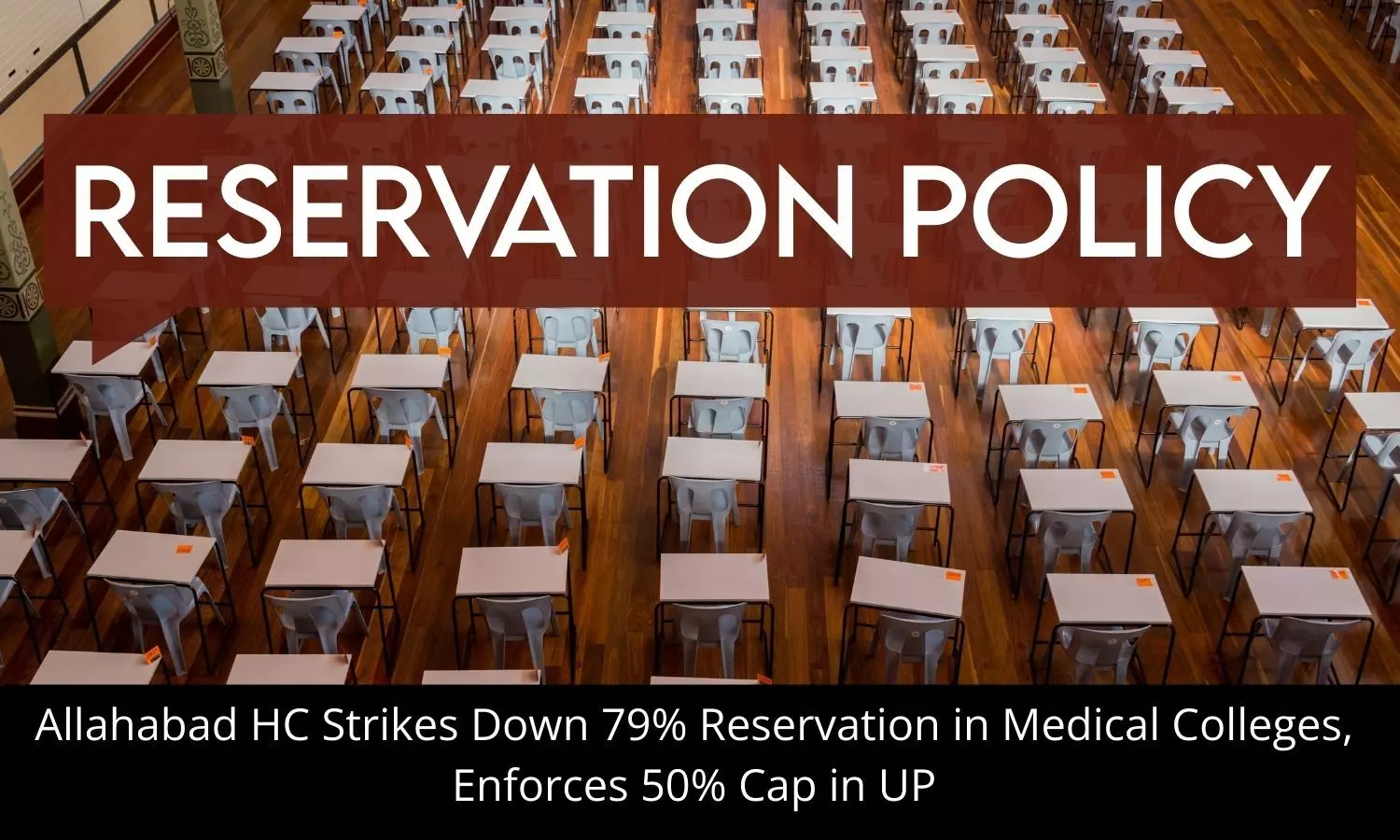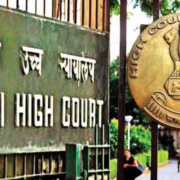High Surgical Rate in Orbital Cellulitis Demands Targeted Management: Study

China: A new study has found that over 80% of orbital cellulitis (OC) cases require surgical intervention, regardless of patient age, primarily due to abscess formation or failure of medical therapy. Staphylococcal species, including MRSA, are common causative agents, highlighting the need for customized empiric antibiotic regimens. Implementing cost-effective management strategies that consider Chandler staging and vaccination history is advised.
The retrospective study, published in The Journal of Craniofacial Surgery, analyzed 40 cases of orbital cellulitis that occurred over 12 years at Xi’an Fourth Hospital. The research team, led by Mingyang Wang from the Department of Ophthalmology, Beijing Tongren Eye Center, Beijing Tongren Hospital, Capital Medical University, assessed both pediatric and adult cohorts to identify clinical features, treatment outcomes, and factors predicting surgical intervention.
Among the patients studied, 13 were children and 27 were adults, with an overall mean age of 34.8 years. Surgical management emerged as a cornerstone of treatment, being necessary in 84.6% of pediatric and 88.9% of adult cases. The main reasons for operative intervention were the development of orbital abscesses and inadequate response to intravenous antibiotics alone.
The key findings of the study were as follows:
- Staphylococcus aureus (17.1%) and Staphylococcus epidermidis (11.4%) were identified as the predominant organisms.
- MRSA accounted for 8.6% of isolates.
- Nearly one-third of patient cultures showed no bacterial growth, highlighting the need for empiric therapy.
- Ceftriaxone was the most commonly used antibiotic (45%), followed by cefotaxime (7.5%).
- Surgical intervention significantly increased treatment costs (¥13,317 ± ¥5,351 versus ¥1,843 ± ¥509 for non-surgical cases).
- In adults, surgery was linked to improved visual outcomes, with mean visual acuity increasing from 0.5 ± 0.3 at presentation to 0.6 ± 0.4 at final follow-up.
- All patients achieved complete resolution of symptoms.
The study highlights that OC remains a vision-threatening condition requiring prompt recognition and aggressive management. The high prevalence of staphylococcal infections, including MRSA, points to the need for carefully selected empiric antibiotic regimens tailored to local resistance patterns. The authors also emphasize the importance of incorporating Chandler staging and vaccination history into treatment algorithms to ensure a structured and cost-effective approach.
By providing comparative insights into pediatric and adult OC cases, the findings underline that the requirement for surgical intervention transcends age groups. According to the authors, adopting a multidisciplinary approach that combines timely imaging, targeted antibiotics, and early surgical consideration is essential to prevent vision loss and systemic complications.
“The large-scale analysis reinforces the critical role of individualized management in orbital cellulitis and offers valuable guidance for clinicians dealing with this potentially severe infection in both children and adults,” the authors concluded.
Reference:
Wang, Mingyang MD*,†; Qin, Bixuan MD‡; Fu, Junxia MD§; Zhang, Ju MD*; Liu, Honglei MD‖; Li, Dongmei MD*,‡. Orbital Cellulitis Management in Pediatric and Adult Cohorts: A 12-Year Retrospective Analysis From a Tertiary Center. The Journal of Craniofacial Surgery ():10.1097/SCS.0000000000011711, July 30, 2025. | DOI: 10.1097/SCS.0000000000011711
Powered by WPeMatico

